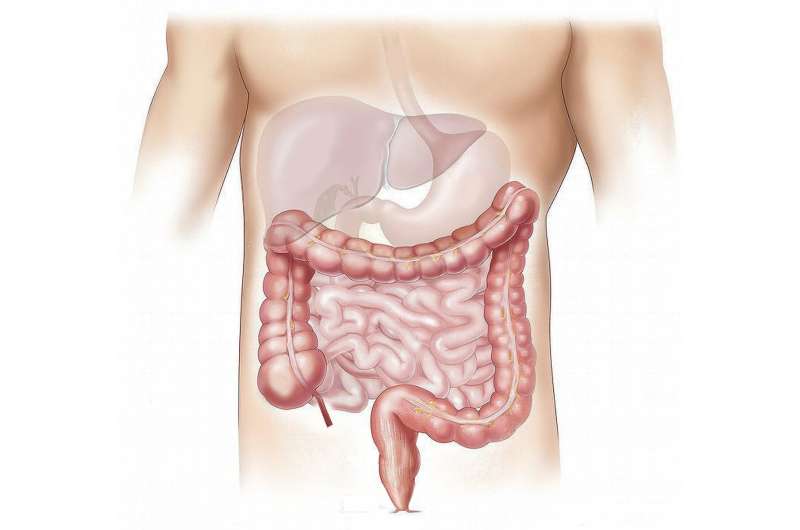Innovative Gut Bacteria Proteins Impact Hormones, Metabolism, and Bone Health

Scientists have discovered gut bacteria proteins that influence hormones, metabolism, and bone health, paving the way for new therapies targeting chronic diseases. Read more about this breakthrough from the University of Copenhagen.
Recent research led by the University of Copenhagen has uncovered a remarkable connection between specific proteins produced by gut bacteria and various aspects of human health, including hormone regulation, metabolism, and bone density. The study, published in Nature Microbiology, identifies a common bacterial strain in the human gut that synthesizes two proteins—dubbed RORDEP1 and RORDEP2—that resemble the hormone irisin. Irisin is secreted by muscles during physical activity and plays a crucial role in fat metabolism.
These bacterial proteins exert significant influence over the body's hormonal balance, affecting vital processes such as appetite control, blood sugar regulation, and fat burning. The study shows that levels of RORDEP-producing bacteria can differ dramatically among individuals, with higher levels correlating to leaner body types. In experiments involving rodents, administration of RORDEP proteins or bacteria capable of producing them resulted in reduced weight gain, improved blood sugar levels, and increased bone density.
The Proteins and Their Effects:
The RORDEP proteins boost the production of hormones like GLP-1 and PYY, which manage hunger and glucose levels, while suppressing GIP, a hormone linked to weight gain. They also directly enhance fat oxidation, supporting weight management strategies. These findings suggest that gut bacteria and their proteins could be targeted for developing new therapeutic options for metabolic disorders.
Clinical and Future Perspectives:
Building on these discoveries, the University of Copenhagen has initiated clinical trials involving live bacteria capable of producing RORDEPs and the proteins themselves. The goal is to evaluate their potential as innovative treatments or preventive measures for chronic conditions such as obesity, diabetes, cardiovascular diseases, and osteoporosis. The research aims to transform basic scientific insights into practical 'pharmabiotics'—biological drugs derived from bacteria—that could revolutionize how we approach chronic disease management.
Collaborating institutions include Herlev-Gentofte Hospital, Zealand University Hospital, Novo Nordisk, the Technical University of Denmark, and Chongqing Medical University. The overarching vision is to develop second-generation probiotics and targeted therapies that leverage the natural functions of gut microbiota to improve human health over the coming decades.
Stay Updated with Mia's Feed
Get the latest health & wellness insights delivered straight to your inbox.
Related Articles
Delaying Marriage in Urban Pakistan Reduces Women's Obesity Risk
Research shows that postponing marriage among urban women in Pakistan significantly lowers obesity risk, highlighting the role of education and gender norms in health outcomes.
Study Finds Gluten and Wheat Are Safe for Many IBS Patients Despite Self-Perceptions
A new study shows that gluten and wheat are safe for many individuals with IBS, with psychological factors often influencing perceived sensitivities. Proper support may improve management strategies.
Advances in Targeted Osteoclast Regulation for Bone Disease Treatment
Innovative research introduces a precision peptide targeting osteoclast signaling, offering new hope for the effective treatment of bone diseases like osteoporosis with fewer side effects.
How the Brain Forges Flexible Mental Maps by 'Flickering' Between Reality and Memory
New research reveals how the brain dynamically switches between current perceptions and stored memories to navigate complex environments, with implications for understanding memory and mental health conditions.



